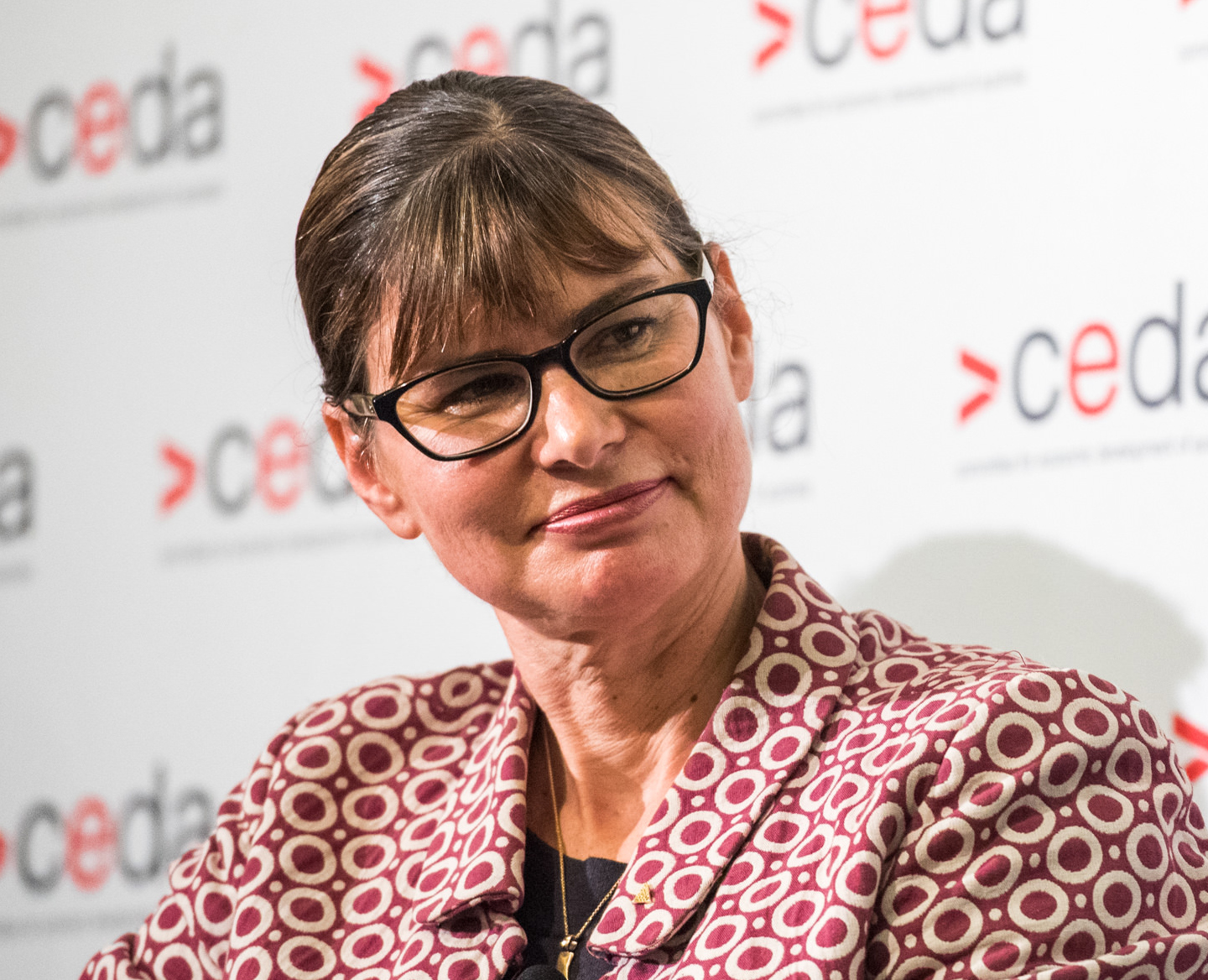
“There’s not enough collaboration between the METS companies; there’s not enough collaboration between the METS companies and the miners; and there’s not enough collaboration between the METS companies and the researchers,” Ms Lewis-Gray said at CEDA’s flagship mining and gas forum, the WA Annual Resources Overview.
She identified collaboration as necessary for innovation in the industry.
“So what is stopping collaboration and innovation? I believe there’s a couple of key elements in that. Firstly, particularly with the larger miners, the problem of the procurement system,” she said.
“For anyone who wants to sell to a larger mining company, the door that’s opened for them is procurement – and procurement by its very nature wants to standardise products and it wants to compete those down and reduce the cost. So innovation doesn’t really have a place in the procurement process – because the procurement people generally don’t want different types of solutions.
“One of the things METS Ignited is doing now, is we’re talking to mining companies at a senior level about what other pathways exist into their businesses, other than just through procurement. So for example, BHP in South America… they set up a supply engagement strategy program because there wasn’t a strong supply sector there.
“But they don’t have a supplier engagement strategy in Australia... We’re looking for that type of strategic thinking. How can we engage between the suppliers and the miners, and also bring the researchers in?”
Ms Lewis-Gray said a secondary issue was a lack of trust and relationships between different areas in the sector.
“Cycles over time have built a lack of trust, and a lack of strong relationships in many cases, between the mining industry and the supply industry,” she said.
“The only way we can change that and bring people together for collaboration is to get the senior leaders of those companies and industry together to talk about how we do this better.”
When asked why innovation was more frequently seen in relatively junior companies in the sector, Pilbara Minerals Managing Director and Chief Executive Officer, Ken Brinsden said, “Necessity is the mother of invention, and that’s why you’ll see the junior end, for the most part, arguably get a bigger bang for their buck when it comes to innovation.”
Alongside opportunities for growth through collaboration and innovation, the WA Annual Resources Overview panel discussed barriers to growth.
Toro Energy Managing Director, Dr Vanessa Guthrie said one barrier to growth was regulation. “Just to focus on what the government could be doing, in terms of barriers we’ve got… an increasing level of regulation that is constraining the ability to innovate in our industry, and it’s constraining the desire to invest,” she said.
“In the regulatory environment, environmental approvals are taking longer and are more difficult – access to land from Aboriginal heritage in particular is taking longer – so there are lots of barriers that government could work on in terms of regulatory reform.”
South32 Chief Financial Officer, Brendan Harris, said that when considering growth, the industry needed to focus on the things it can control.
“In an industry where we have a lot of complexity, and a lot of uncertainty – commodity prices, foreign exchange rates – we really need to focus on the things we can control… education, skills and training.”
Dr Guthrie also spoke about education and training, in regards to attracting people to STEM subjects.
“Why is it that kids don’t study science at school, and why is it that commerce degrees are the most popular degree in today’s world? I think it’s back in the school system where our measure of success for kids is the number that they get at the end of Year 12,” she said.
“If that score is impacted by doing science because they’re the ‘tough’ subjects, then kids won’t do that. Because they’re conditioned to get the best score they can.”
“I think there’s an underlying condition about how we measure success for kids leaving school, and at a university level… Why is it that kids don’t want to study science at school, and graduates don’t come out of university with a strong science orientation? I think it’s structurally about how we measure success for them.”
On the topic of STEM, Ms Lewis-Gray said that, “(The mining sector) attracts STEM jobs. There’s a lot of jobs supporting the mining industry that are city-based, that require technical capabilities and knowledge capabilities. One of the assets of the mining industry is that it’s developing this capability in STEM based jobs.
“And there’s a whole new emerging area of capability in automation, in remote operations, where Australia leads the world and we can export that knowledge overseas.”